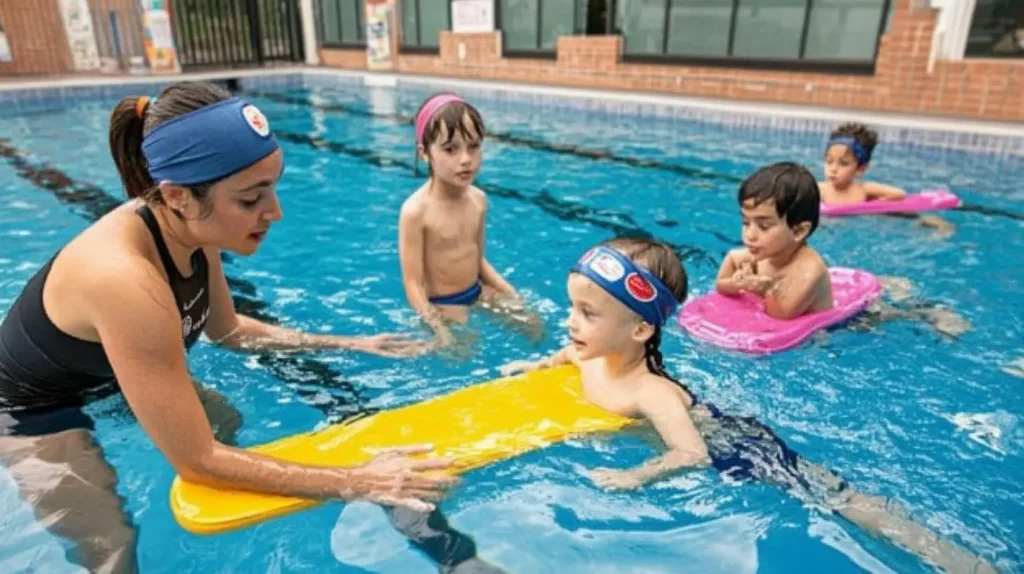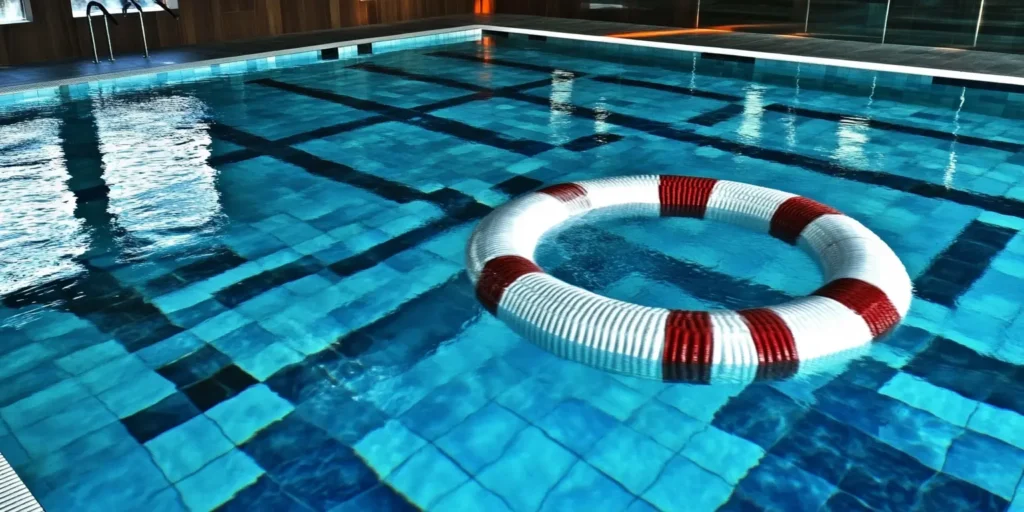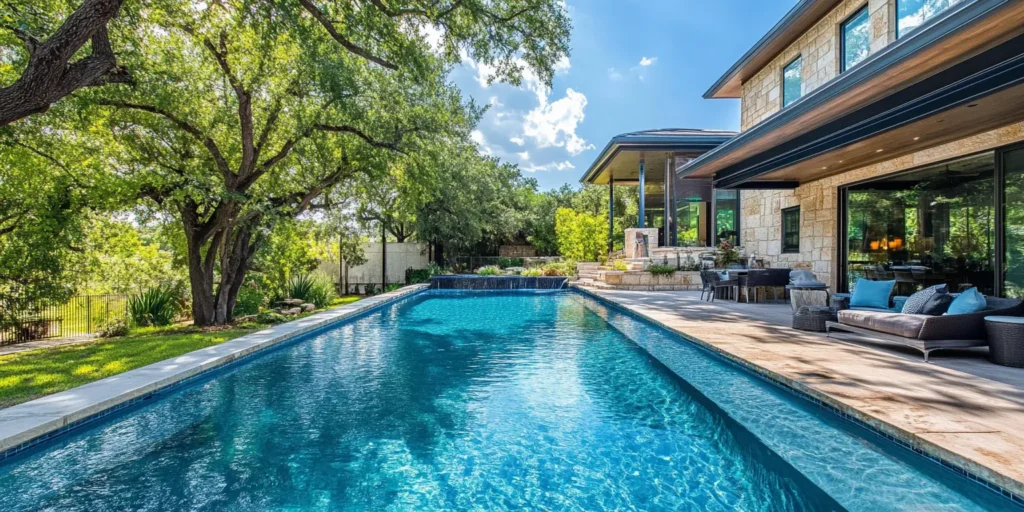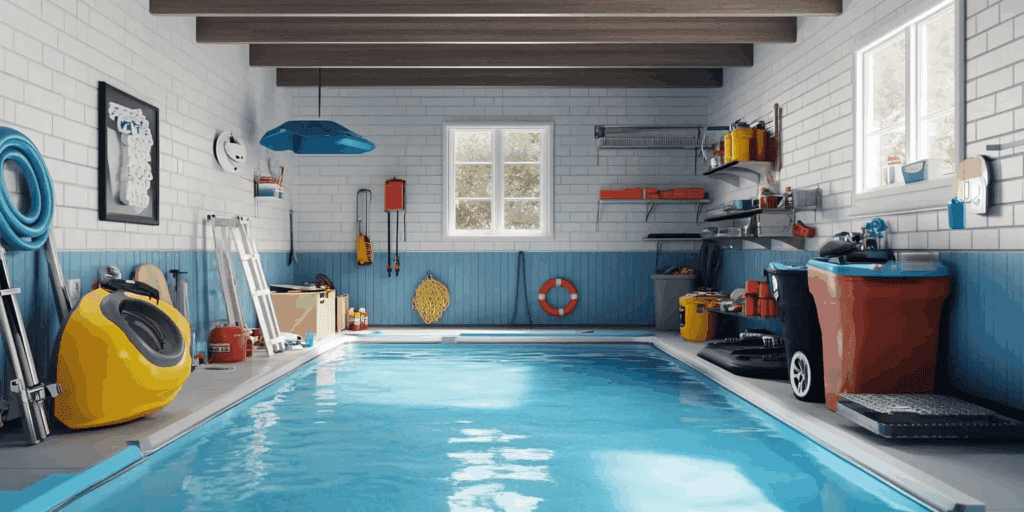The Ultimate Guide to Pool Safety: Protecting Your Family and Maximizing Fun in Virginia
Every summer in Virginia, families eagerly anticipate days spent splashing under the sun, sharing laughs, and creating cherished memories around their backyard pools. But behind every memorable pool party lies a critical responsibility: safety.
When children, teens, and adults dive into the deep end or practice cannonballs, it’s essential to keep a watchful eye and follow essential pool safety tips. By staying informed about protecting swimmers, managing chemicals, securing your pool area, and understanding emergency protocols, you can ensure your backyard remains an oasis of fun—without compromise.
At PMC Pools, we’ve served Richmond-area families since 1968. We know that proper planning, diligent maintenance, and responsible supervision make all the difference in creating a safe yet entertaining outdoor space. This comprehensive guide covers the vital swimming pool safety tips every parent, homeowner, and pool lover should follow for a secure and enjoyable season.
1. Understanding the Basics of Pool Safety
A well-maintained pool can be the star of any backyard gathering, especially during a hot Virginia summer. But before the first splash, set a solid foundation for safety:
-
Establish Clear Rules: Post visible rules such as “No Running,” “Always Swim with a Buddy,” and “No Diving in Shallow Areas.” Adults must follow them, too—lead by example.
-
Use Age-Appropriate Safety Gear: Equip young children with Coast Guard-approved floatation devices, but remember, these are never a substitute for active adult supervision.
-
Learn CPR and Basic First Aid: Take local courses (like those from the American Red Cross) so you’re prepared for emergencies.
-
Maintain a Safe Deck: Keep the pool area free of debris, power wash slippery surfaces, and install adequate lighting—especially if you enjoy evening swims.
Tip: Clear rules, proper gear, lifesaving skills, and a hazard-free deck are the bedrock for safe summer fun.
2. Pool Barriers, Covers, and Alarms: Layers of Protection
Physical barriers and alarms provide crucial backup to adult supervision:
-
Fencing & Gates: A four-sided fence with a self-closing, self-latching gate is a must. Check local codes for specifics.
-
Safety Covers: Invest in a safety-rated cover that can support a child or pet’s weight—not just for winter.
-
Door & Pool Alarms: Install alarms on doors/windows and consider pool alarms that detect disturbances.
-
Night-time Lighting: Low-voltage or motion-sensor lights reduce nighttime risks.
Quick Stat: Most pool accidents happen when children aren’t expected to be in the water. These layers help prevent tragic surprises.
3. Constant Supervision and Swimming Lessons

Even with the best barriers, nothing replaces attentive supervision:
-
Designate a “Water Watcher”: One adult should focus solely on monitoring swimmers, undistracted by phones or alcohol.
-
Swimming Lessons: Start children early with lessons at community centers or swim schools. Confident swimmers are safer swimmers.
-
Promote Safe Play: Set clear expectations for pool games and prohibit roughhousing or dangerous stunts.
-
Spot Distress: Learn the quiet signs of a swimmer in trouble—bobbing, gasping, or inability to move forward.
Reminder: The most effective safety tool is always a vigilant adult.
4. Chemical and Water Quality Management
Clean, balanced water is about more than aesthetics—it’s about health:
-
Test Water Weekly: Use reliable kits to check chlorine, pH, and alkalinity.
-
Store Chemicals Safely: Lock chemicals away from children and pets, and always wear gloves/goggles when handling.
-
Prevent Algae and Cloudiness: Run your filtration system daily and shock the pool after storms or heavy use.
-
Child/Pet Chemical Safety: Never leave chemicals unattended, and follow manufacturer waiting times before swimming.
Did You Know? Proper chemical handling prevents not just murky water, but serious health risks, too.
5. Pool and Spa Electrical Safety Tips
Electricity and water demand caution:
-
Hire Professionals: All electrical work should be performed by licensed pros and inspected per local regulations.
-
Install GFCIs: These outlets shut off power instantly if a leak is detected—test them monthly.
-
Bonding and Grounding: Ensure all metal components are properly connected and grounded.
-
Keep Electronics Away: Use battery-powered devices poolside, and keep cords and outlets far from the water.
Pro Tip: Weatherproof outlet covers are a small investment with big safety returns.
6. Emergency Preparedness
Be ready for the unexpected:
-
Keep a Charged Phone Nearby: Don’t lose precious minutes running indoors.
-
First-Aid Kit and Rescue Gear: Stock and store in an accessible, dry location.
-
CPR and AED: Take CPR training, and consider investing in an AED for added peace of mind.
-
Practice Drills: Walk through emergency scenarios with your family and regular guests.
Peace of Mind: The right tools and a practiced plan save lives when every second counts.
7. Extra Tips for Parents and Homeowners
-
Consider Skill Levels: Designate shallow zones for new swimmers and pair them with “buddies.”
-
Store Toys Safely: Remove pool toys after swimming to avoid tempting kids back into the water unsupervised.
-
Respect the Weather: Clear the pool during storms; provide shade and hydration on hot days.
-
Involve Kids in Safety: Make safety a family conversation and encourage kids to speak up about risks.
The safest pool barrier is a four-sided fence that completely surrounds the pool and is separate from the house. It should have a self-closing, self-latching gate with the latch positioned high enough to be out of reach of small children. Local codes often specify minimum heights and other safety requirements, so it’s smart to check Richmond or Virginia guidelines before installing. Combined with alarms and vigilant supervision, this type of barrier offers maximum protection for young families.
During peak swimming season, you should test your pool water at least once a week—or more often if you’ve had heavy use, rainstorms, or notice any water clarity issues. Regular testing helps maintain the correct chlorine, pH, and alkalinity levels, preventing bacteria and algae growth. Always follow up with chemical adjustments as needed, and store all pool chemicals safely out of reach of children and pets.
First, stay calm and act quickly. If someone is struggling, use a life ring or rescue pole to reach them rather than jumping in—unless you are trained to perform a water rescue. Immediately call 911 or emergency services. If the person isn’t breathing, begin CPR if you are trained, and use an Automated External Defibrillator (AED) if available. Keeping a first-aid kit and emergency equipment poolside, along with practicing emergency drills, will help you respond confidently when seconds count.



